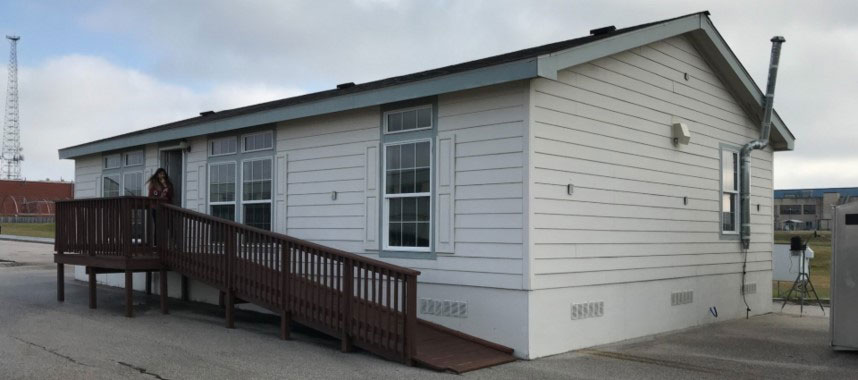The importance of the OH radical in the chemistry and air quality of indoor environments is poorly understood. Given that people spend approximately 90% of their time indoors, improving our understanding of the factors that control indoor air quality is important in order to assess risk factors associated with exposures to indoor air pollutants. Similar to the outdoors, OH can initiate the oxidation of indoor concentrations of VOCs, leading to the production of aldehydes, ketones, acids, and SOA, which can all impact human health and welfare. Although the reaction of OH with saturated VOCs can be slow relative to typical indoor air exchange rates, the reaction of OH with unsaturated VOCs are often rapid, resulting in chemical lifetimes that are much shorter than indoor air exchange rates. As a result, the OH radical may be a significant oxidant in indoor environments, converting VOCs into SOA and potentially more toxic compounds.
We have recently participated in the HOMEChem experiment (House Observations of Microbial and Environmental Chemistry), which involved indoor measurements from over 15 research groups from 9 universities to identify the most important aspects of the chemistry that controls the indoor environment.



